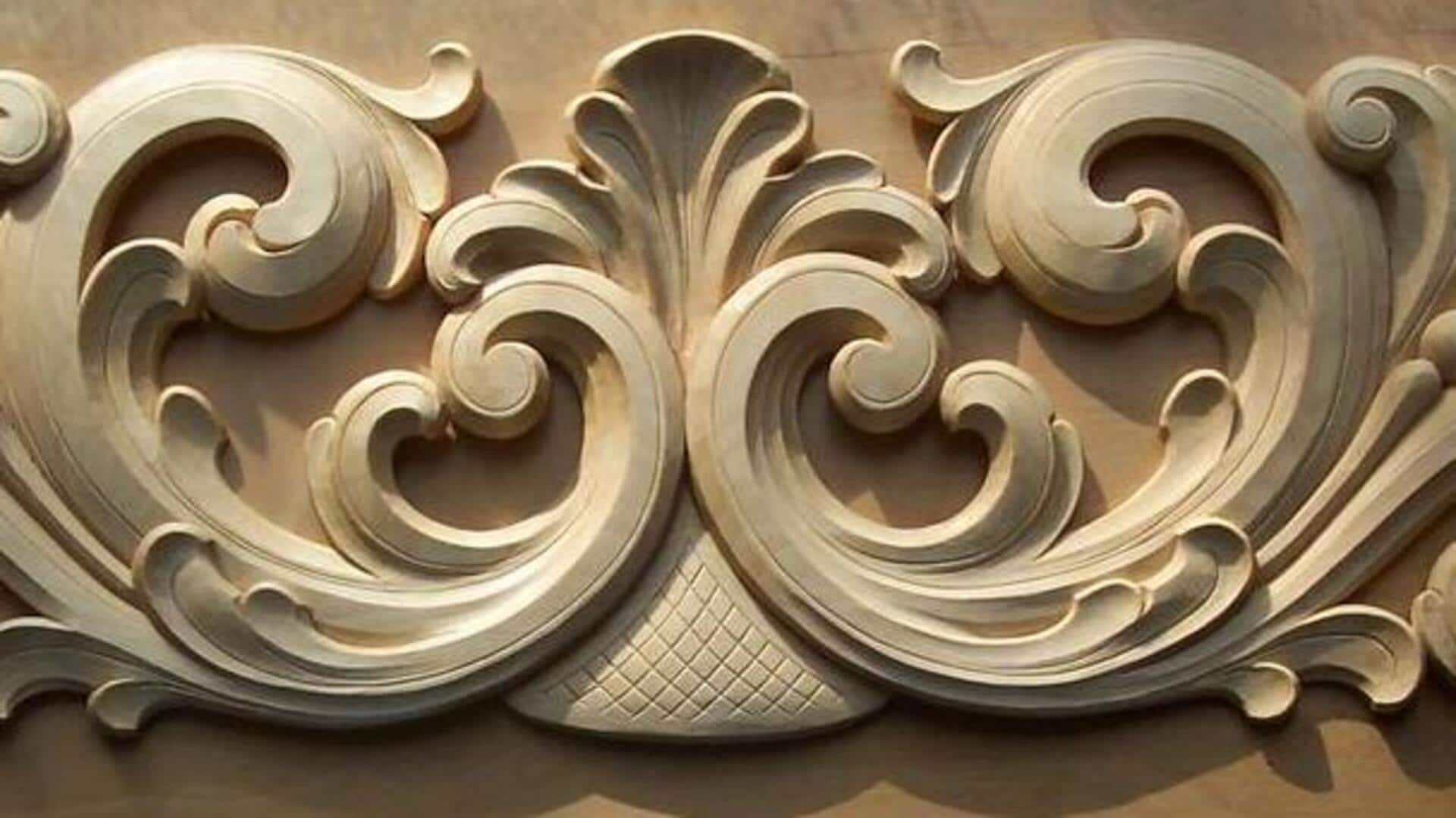
Exploring Norwegian wood-carving traditions
What's the story
Norwegian wood-carving is a rich tradition reflecting the cultural heritage of the country. The art form has been passed down the generations, with intricate designs and craftsmanship. From everyday objects to decorative pieces, Norwegian wood-carving plays an important role in the preservation of history and culture. The techniques are often region-specific, adding diversity to the craft. Here, we explore various aspects of this fascinating tradition, its significance, and uniqueness.
#1
Historical roots of wood carving
Norwegian wood-carving dates back to the Viking era when craftsmen used to create functional items artistically. Gradually, this transformed into more intricate designs found in churches and homes. The impact of various periods can be seen in the styles chosen by carvers, from basic geometric patterns to complicated floral designs.
#2
Regional styles and techniques
Different regions in Norway have also developed their own unique styles of wood carving. For instance, Telemark is famous for its intricate acanthus leaf patterns, while Gudbrandsdalen is noted for its bold geometric shapes. These regional differences are a reflection of local traditions and the materials available to artisans. This diversity adds a rich variety to the Norwegian wood-carving tradition, showcasing the skill and creativity of its craftsmen.
#3
Tools used by artisans
Traditional tools also play an integral role in Norwegian wood-carving. Carvers generally use knives, chisels, and gouges made from high-quality steel for precision work. Each tool has a particular purpose, which permits artisans to create detailed designs with accuracy. Mastery over these tools is crucial to producing high-quality carvings.
Tip 1
Modern influence on traditional craft
In recent years, modern influences also found their way into traditional Norwegian wood-carving practices. Contemporary artists experiment with new materials and techniques but respect traditional methods. This fusion has led to innovative designs that appeal to both local audiences and international collectors interested in cultural crafts.